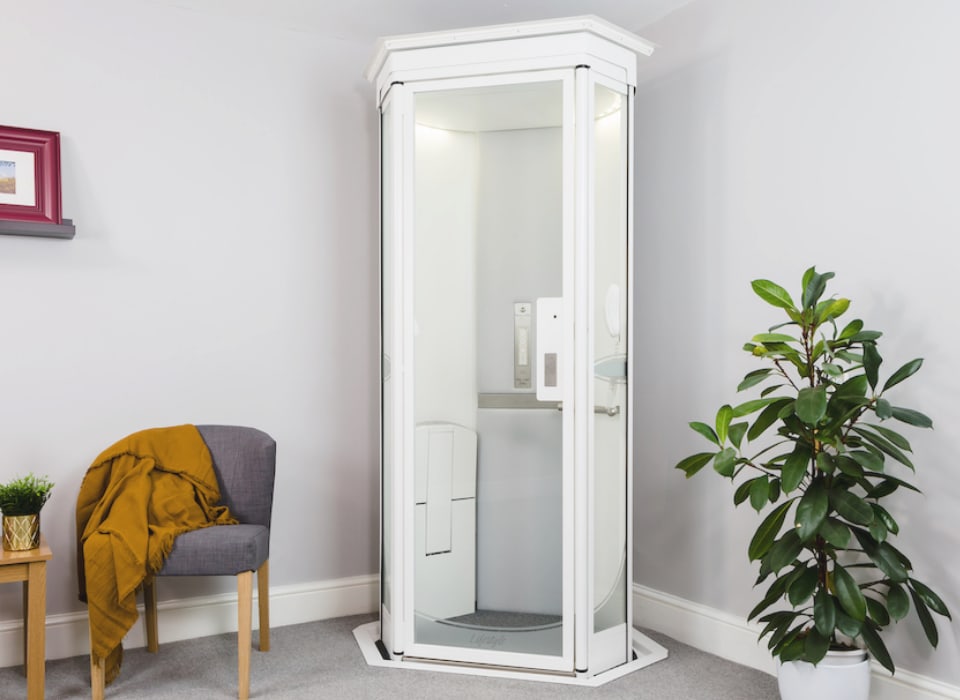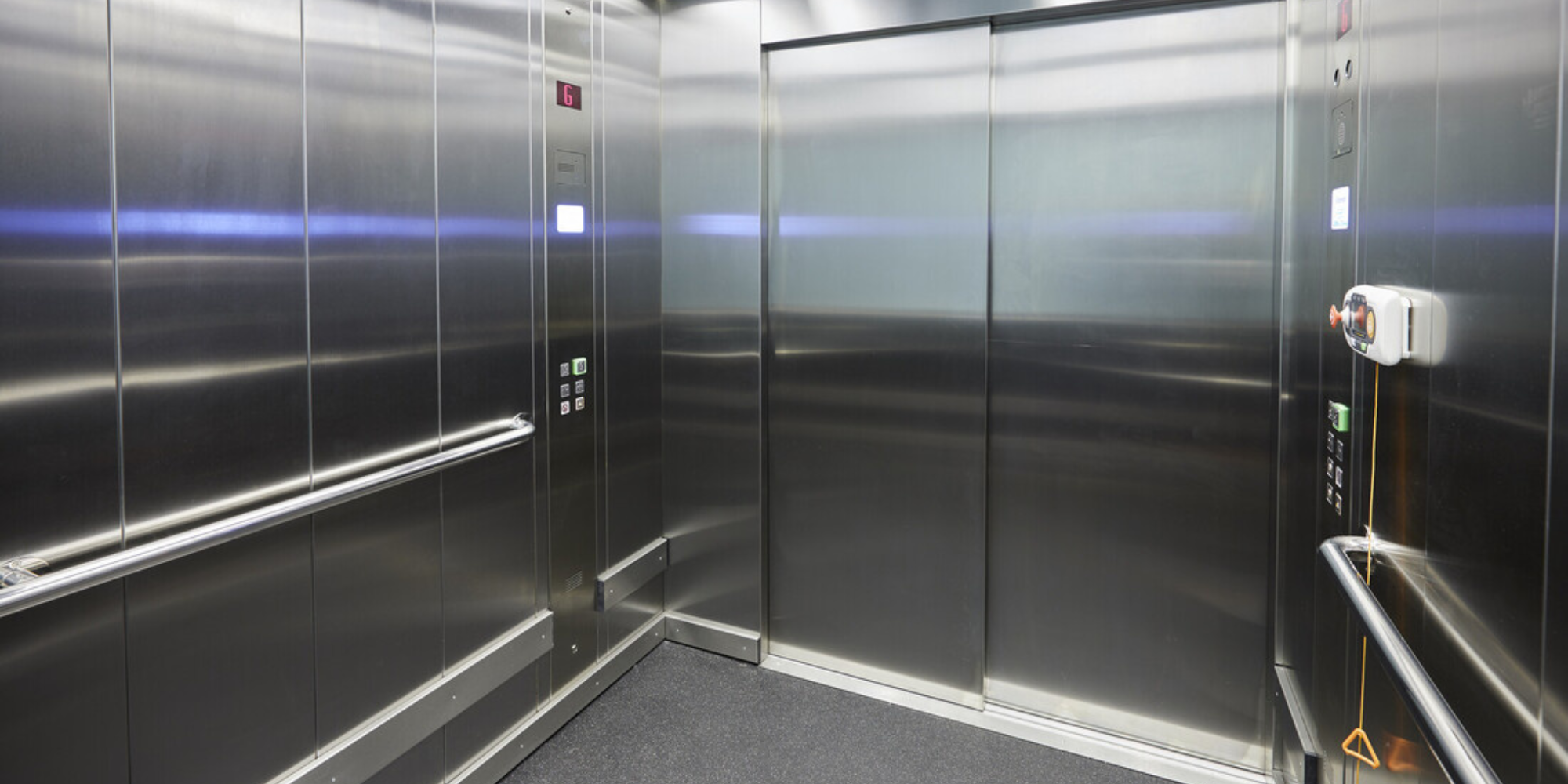Leading Lift Companies in London: Supplying Exceptional Solution and Assistance
Leading Lift Companies in London: Supplying Exceptional Solution and Assistance
Blog Article
Untangling the Complexities of Lift Modern Technology: Troubleshooting Common Problems Throughout Lift Designs
In the realm of lift modern technology, a myriad of ins and outs typically lie underneath the surface of what shows up to be an uncomplicated mechanism. From sluggish procedure concerns to strange noises rising from the equipment, repairing common issues across various lift designs requires a keen eye for detail and a methodical approach - repair and maintenance services. As we embark on this journey to unwind the intricacies that can plague these crucial devices, a deeper understanding of the inner functions and prospective risks of lift technology is vital. Remain tuned as we browse through the labyrinth of lift breakdowns, seeking options to the enigmatic troubles that can disrupt the smooth functioning of these crucial apparatuses.
Determining Slow Procedure Issues

Following, examine the electrical links to ensure that all parts are properly connected and functioning. Faulty wiring or loosened links can bring about reduce procedure or total malfunction of the lift system. Additionally, it is necessary to evaluate the control system to identify if the issue hinges on the shows or sensing units.
If the aesthetic evaluation and electrical checks do not reveal the source of the sluggish operation, more analysis tests may be essential. These can include pressure examinations for hydraulic systems, voltage examinations for electrical components, or running diagnostic software application for the control system. repair and maintenance services. By following a systematic strategy to fixing slow procedure problems, you can efficiently identify and settle the issue, guaranteeing the lift runs securely and effectively
Resolving Odd Noises
To efficiently repair lift modern technology for odd noises, a complete exam of the lift elements following the recognition of sluggish operation issues is crucial. Strange sounds in lifts can be a measure of underlying troubles that need punctual focus to make certain the safety and security and reliability of the system.
Furthermore, it is important to refer to the lift manufacturer's maintenance guidelines and seek assistance from qualified service technicians when dealing with complicated lift elements or unfamiliar troubleshooting procedures. By promptly solving and addressing weird noises underlying concerns, lift operators can make sure the optimum efficiency and security of the lift system for drivers and passengers.
Solving Faulty Control Issues
An effective technique for resolving defective control troubles in lift technology involves carrying out a detailed analysis of the control system's elements and performance. When encountering concerns with lift controls, it is essential to first check for any loose connections, damaged circuitry, or malfunctioning sensing units. Confirming that all control keypads, switches, and screens are functioning properly is likewise crucial in diagnosing the problem accurately.
If no noticeable problems are apparent, service technicians must continue to evaluate the control panel for any indications of water rust, damages, or overheating, as these can commonly bring about control breakdowns. In addition, resetting the control system or upgrading the software application might aid fix specific glitches or bugs causing the issue.

Tackling Hydraulic System Malfunctions
The effectiveness of hydraulic systems in lifts counts heavily on the appropriate functioning of different parts within the system. When hydraulic systems breakdown in lifts, it can result in functional interruptions and safety issues. One typical issue is hydraulic liquid leak, which can occur due to worn-out seals, loose links, or harmed cyndrical tubes. To tackle this problem, professionals should conduct a complete inspection to identify the source of the leakage and change any damaged elements immediately.
Additionally, irregularities in hydraulic liquid degrees or unusual sounds during lift operation may show underlying system breakdowns that call for prompt attention to avoid further damages. Normal upkeep and prompt troubleshooting of hydraulic system issues are important to making certain the reliable and risk-free operation of lift technology.
Taking Care Of Electrical Component Failings
Dealing with electric component failings in lift modern technology necessitates an organized technique to diagnosing and solving issues to keep operational functionality and safety and security criteria. When experiencing electric troubles in lift systems, it is essential to initial conduct lift companies in London a detailed evaluation of the electrical components, consisting of control board, electrical wiring, sensors, and circuit card. Any kind of signs of damages, corrosion, loose links, or burnt aspects must be thoroughly kept in mind and addressed immediately to avoid further problems.
In the case of electric element failings, it is vital to comply with supplier standards for troubleshooting and repair work procedures. This may include testing the components utilizing multimeters, oscilloscopes, or various other analysis devices to determine the precise resource of the breakdown. Furthermore, having an extensive understanding of the lift's electrical schematics and wiring diagrams can aid in recognizing and rectifying concerns effectively.
Routine upkeep and inspection schedules can aid avoid electric failures by spotting prospective issues early. Correct training for lift specialists on electrical systems and parts is also crucial to ensure exact diagnosis and effective resolution of electrical troubles, eventually adding to the general safety and security and dependability of lift operations.
Conclusion
To conclude, troubleshooting lift technology calls for a systematic technique to identify and attend to usual problems such as slow operation, weird sounds, damaged controls, hydraulic system breakdowns, and electrical part failings. By comprehending the intricacies of lift modern technology and adhering to proper fixing steps, service technicians can properly settle problems and guarantee the efficient and safe procedure of lifts throughout various designs.
To successfully troubleshoot lift technology for strange sounds, lift companies in London a detailed evaluation of the lift parts following the identification of slow-moving procedure concerns is critical. Weird noises in lifts can be a sign of underlying troubles that call for prompt attention to make sure the safety and security and integrity of the system.A reliable technique for resolving faulty control issues in lift technology involves carrying out a detailed analysis of the control system's elements and functionality.The performance of hydraulic systems in lifts relies greatly on the appropriate functioning of different elements within the system. repair and london lift company maintenance services. When encountering electric problems in lift systems, it is vital to very first conduct a detailed inspection of the electrical elements, consisting of control panels, circuitry, sensing units, and circuit boards
Report this page